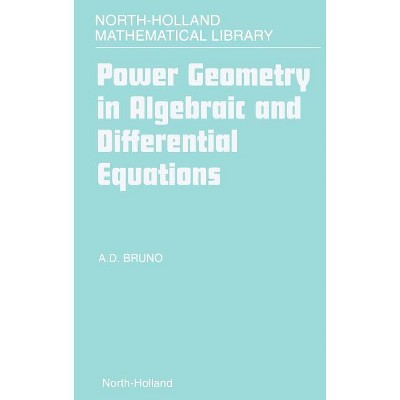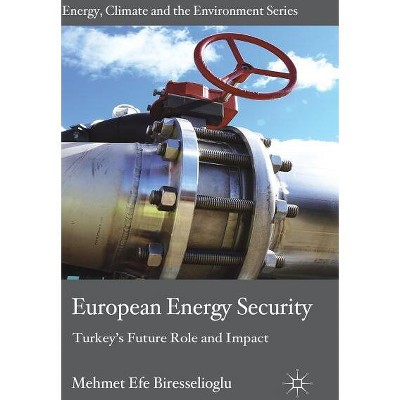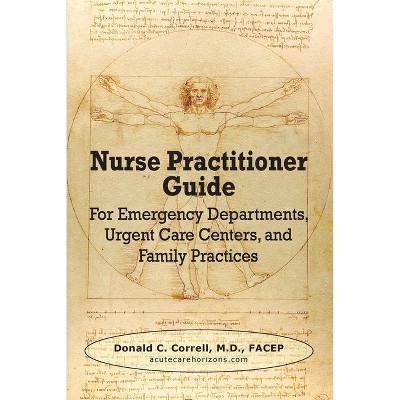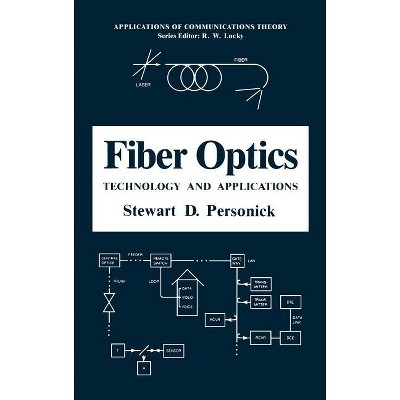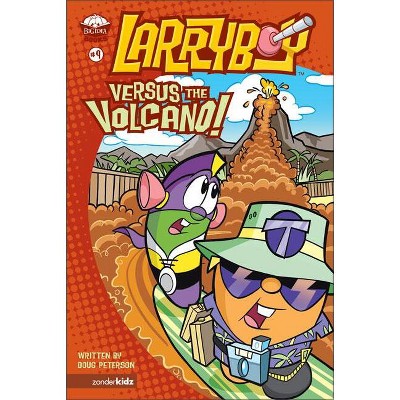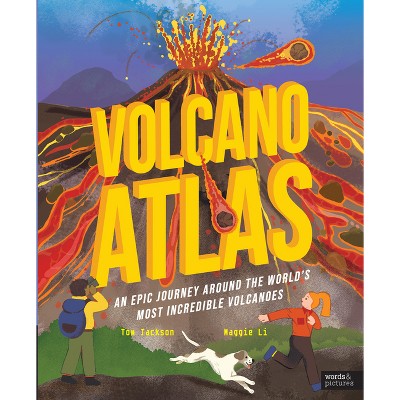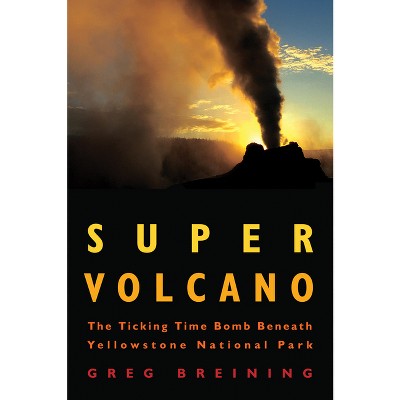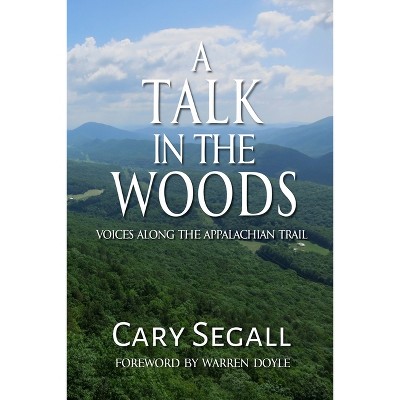Sponsored

Earthquake and Volcano Deformation - by Paul Segall (Hardcover)
In Stock
Sponsored
About this item
Highlights
- Earthquake and Volcano Deformation is the first textbook to present the mechanical models of earthquake and volcanic processes, emphasizing earth-surface deformations that can be compared with observations from Global Positioning System (GPS) receivers, Interferometric Radar (InSAR), and borehole strain- and tiltmeters.
- About the Author: Paul Segall is professor of geophysics at Stanford University.
- 456 Pages
- Science, Earth Sciences
Description
Book Synopsis
Earthquake and Volcano Deformation is the first textbook to present the mechanical models of earthquake and volcanic processes, emphasizing earth-surface deformations that can be compared with observations from Global Positioning System (GPS) receivers, Interferometric Radar (InSAR), and borehole strain- and tiltmeters. Paul Segall provides the physical and mathematical fundamentals for the models used to interpret deformation measurements near active faults and volcanic centers.
Segall highlights analytical methods of continuum mechanics applied to problems of active crustal deformation. Topics include elastic dislocation theory in homogeneous and layered half-spaces, crack models of faults and planar intrusions, elastic fields due to pressurized spherical and ellipsoidal magma chambers, time-dependent deformation resulting from faulting in an elastic layer overlying a viscoelastic half-space and related earthquake cycle models, poroelastic effects due to faulting and magma chamber inflation in a fluid-saturated crust, and the effects of gravity on deformation. He also explains changes in the gravitational field due to faulting and magmatic intrusion, effects of irregular surface topography and earth curvature, and modern concepts in rate- and state-dependent fault friction. This textbook presents sample calculations and compares model predictions against field data from seismic and volcanic settings from around the world. Earthquake and Volcano Deformation requires working knowledge of stress and strain, and advanced calculus. It is appropriate for advanced undergraduates and graduate students in geophysics, geology, and engineering. Professors: A supplementary Instructor's Manual is available for this book. It is restricted to teachers using the text in courses. For information on how to obtain a copy, refer to: https: //press.princeton.edu/class_use/solutions.htmlFrom the Back Cover
"This excellent and timely book presents and develops models for earth deformations. Applications of the models to various deformation data illustrate their usefulness, but at the same time make clear the limitations and approximations involved. Students and researchers who work through the text and examples will have a good understanding of modeling earth deformations and a powerful toolbox for analyzing a variety of problems."--John W. Rudnicki, Northwestern University
"In recent years, there has been a tremendous increase in the observations of active crustal deformations that employ new measurement techniques like GPS and InSAR. Many in the field are using methods and codes to model their observations with only a limited understanding of the foundations for these methods. This is the first book to bring together the basic theory underpinning the modeling, and it will greatly impact the field."--Barry Parsons, University of Oxford
Review Quotes
"The book is the first to focus on the models used to relate subsurface fault and magma motion to surface deformation. Based on a course taught by the author at Stanford University at the upper undergraduate to graduate level, the book has been more than a decade in the making. For years, faculty at various institutions (myself included) have begged for incomplete drafts of the manuscript to use as a reference when teaching, so it is satisfying to see the complete work now available to all. It is clearly written and the content is logically presented, as one might expect from material that has been taught to hundreds of students by an excellent teacher. . . . In summary, this is a timely and well-written book that introduces the mathematical tools needed to interpret the onslaught of new surface-deformation data. To find the same material covered in this textbook, a scientist would have to dig through hundreds of scientific papers and books, and even then would not find the topics as clearly presented or accompanied by new advances in the field."-- "Nature Geoscience"
"This excellent advanced textbook will most positively impact graduate education and basic and applied research into the science of crustal deformation."-- "Choice"
About the Author
Paul Segall is professor of geophysics at Stanford University.Shipping details
Return details
Trending Non-Fiction



